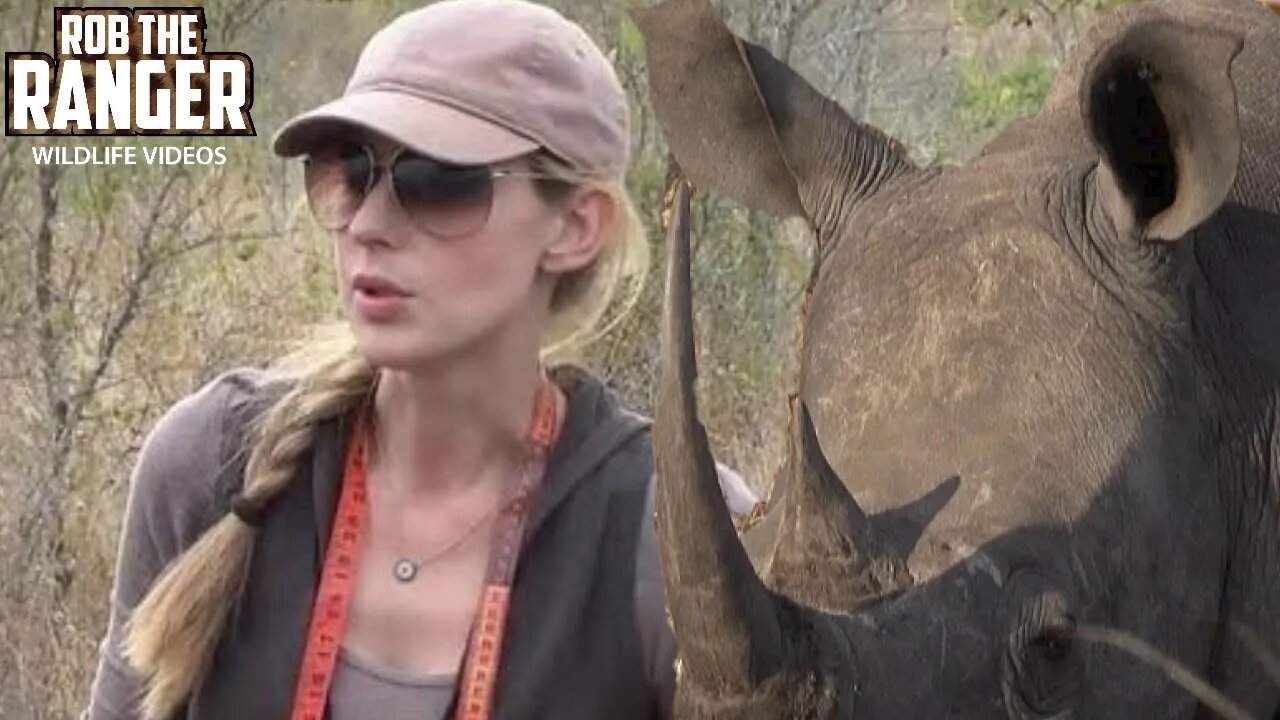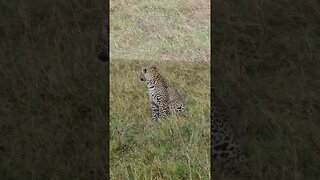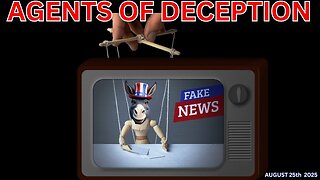Premium Only Content

Poisoning Rhino Horns To Save The Species | Rhino Rescue Project
Lorinda Hern of the Rhino Rescue Project explains the rhino horn infusion process taking place in game reserves across South Africa.
From the Rhino Rescue Project website:
How It Works
To devalue the horn, it is treated by infusing it with a compound made up of ectoparasiticides and indelible dye that contaminates the horn and renders it useless for ornamental or medicinal use. A full DNA sample is harvested and three identification microchips are inserted into the horns and the animal itself. We are continuously working to improve the chemical compounds injected into the horn to make sure that the compounds selected infuse most of the horn material and offer the best possible chance of devaluing horns from the user’s perspective.
Our newly improved infusion process utilises very high pressures and a custom designed non-return valve that prevents the liquids from exiting through the drill hole(s) after the 10-15 min infusion has been completed. In addition, the non-return valve keeps the liquid in the horn under around 30 bars pressure for up to 10 days, ensuring that the liquid penetrates large areas of the internal horn structure.
In contrast to some misleading reports in the South African media, rhino horn is not at all like perspex. It is in fact made up of a tubular structure, which can be readily infused under high pressure.
The Rhino Rescue Project horn treatment should remain effective for approximately three to four years (a full horn growth cycle), after which re-administration would be required. The products we use are all eco-friendly and biodegradable, so there are no adverse effects on the environment.
Only oxpecker friendly and vulture safe products have been used. Ectoparasiticides are not intended for consumption by humans, and are registered as such. Although not lethal in small quantities, they are toxic, and symptoms of accidental ingestion may include, but are not limited to, severe nausea, vomiting and convulsions (all dosage-dependent).
There is no risk to the animal from the procedure, only the normal risk associated with immobilization of large animals like rhinos. To date, losses of treated rhinos (to poaching or otherwise) total less than 2% of all animals treated. Furthermore, the animals we treated are in excellent health. Several cows that were pregnant at the time of treatment gave birth to healthy calves, all of which lactated normally. Owners of treated rhino on other reserves have also reported no negative effects and were satisfied with the decrease in poaching on their properties.
http://rhinorescueproject.org/
Filmed in the Sabi Sand Wildtuin, Greater Kruger National Park, South Africa
Subscribe: https://bit.ly/30a0IRM | Merch: http://teespring.com/stores/robtheranger
Watch the newest videos: https://www.youtube.com/playlist?list=PLLLkJbMHt1booI-NVZ7lZxheEp8UMFRYE
Follow Rob The Ranger:
TWITTER: http://goo.gl/U8IQGf
INSTAGRAM: https://instagram.com/robtheranger
BLOG: http://goo.gl/yJJ3pT
FACEBOOK: http://goo.gl/M8pnJh
STEEMIT: https://steemit.com/@robtheranger
TUMBLR: http://goo.gl/qF6sNS
Watch more videos!
Lions, Lions, And More Lions: https://www.youtube.com/playlist?list=PLLLkJbMHt1bpPTGnTaR798fdsHNJ7ZNGt
African Elephant (Loxodonta africana): https://.youtube.com/playlist?v=qzINZPv7PMc&list=PLLLkJbMHt1bpUo_KWtwJ3ck3Q1-xfMmkh&playnex t=1
African Wild Dogs/Painted Wolves: https://youtube.com/playlist?v=DXQc_v5qjS4&list=PLLLkJbMHt1bocK9_hokQ5Z8tpEOukHJnv&playnext =1
Hippo (Hippopotamus amphibius): [https://youtube.com/playlist?v=nDgIt9QF_IM&list=PLLLkJbMHt1bqhsVIGpg5YgS4-prwujiKq&playnext=1
Most Popular: https://www.youtube.com/playlist?list=PLLLkJbMHt1bpQ4T4enPPMkf_5cK26Vouw
About Rob The Ranger Wildlife Videos:
The purpose of the channel is to show what it is like to experience seeing wild animals on an African safari. Nature Documentaries are often highly edited to tell a story, wildlife safaris are not, and the idea here is to show the wildlife sightings the way they were seen. Safari tours in Africa are generally suitable for all ages and this channel can be considered an educational channel about incredible nature, some scenes in the nature videos may be more graphic than people are used to but this is the reality of nature and is what you would see if you were present on such a safari in person. Safaris in Kenya, South Africa, or any other African country are an unrivalled experience for anyone with a passion for nature, wildlife photography, and travel. Hopefully the animal videos on this channel can provide a glimpse into what the nature experience is like and encourage more people to take a wildlife safari one day. Make sure to subscribe and enable ALL notifications!
#africananimals #africanwildlife #africansafari #animalvideos #naturevideos #amazinganimals #worldofwildlife #africawild #africanimals #latestsightings
#africanadventures #naturedocumentary #incrediblenature
-
 0:14
0:14
Rob The Ranger Wildlife Videos
1 year ago $0.01 earnedLeopard Teeth #Wildlife | #ShortsAfrica | HolidaysWithShorts
167 -
 LIVE
LIVE
Benny Johnson
2 hours ago🚨Trump LIVE Now: Signs Executive Order ENDING Cashless Bail | Dem Cities PANIC, Which City NEXT?...
5,646 watching -

The White House
3 hours agoPresident Trump Signs Executive Orders, Aug. 25, 2025
6.6K11 -
 LIVE
LIVE
The Mel K Show
50 minutes agoMORNINGS WITH MEL K - Starving the Globalist Funded Color Revolution in America 8-25-25
315 watching -
 UPCOMING
UPCOMING
The Shannon Joy Show
2 hours ago🔥🔥Stressflation Incoming - Coffee Up 25% Veggies Up 40% As Trumps Tariff Taxes Detonate On American Families.🔥🔥
152 -
 LIVE
LIVE
LFA TV
16 hours agoLFA TV ALL DAY STREAM - MONDAY 8/25/25
4,949 watching -
 UPCOMING
UPCOMING
Grant Stinchfield
3 days agoDemocrats Try to Turn California Into Predator Playground with Proposed "Child Predator Dream Bill"
1.1K -
 1:01:13
1:01:13
VINCE
3 hours agoWhy Does This Mayor Enjoy Watching His City Burn? | Episode 110 - 08/25/25
130K74 -
 2:59:41
2:59:41
Wendy Bell Radio
7 hours agoAGENTS OF DECEPTION
40.4K100 -
 LIVE
LIVE
Major League Fishing
3 days agoLIVE! - Fishing Clash Team Series: Challenge Cup - Day 2
153 watching